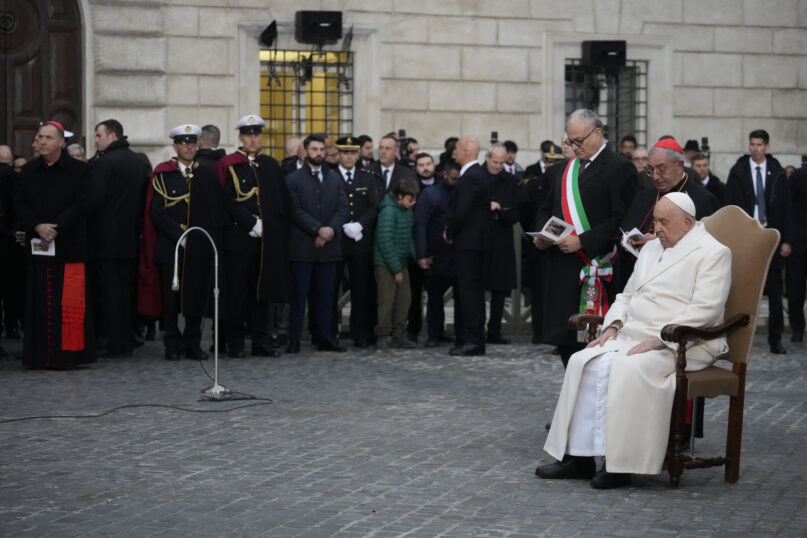Buddhists around the world are celebrating Bodhi Day.
Also called Buddha’s Enlightenment Day, it commemorates when Siddhartha Gautama attained awakening — or enlightenment — some 2,600 years ago, becoming the Buddha.
Japan celebrates on Dec. 8, following the Western calendar.
It varies elsewhere in East Asia, but generally, the holiday falls between the winter solstice and the lunar new year, said Scott Mitchell, dean of students at Berkeley, California-based Institute of Buddhist Studies.
Southeast Asian and Tibetan Buddhists celebrate Buddha’s enlightenment in May and June respectively, said Judith Simmer-Brown, professor emeritus of contemplative and religious studies at Colorado’s Naropa University.
It happened after years of spiritual seeking and meditation, including gaining insights into the ultimate nature of existence: “In particular, the origins of human suffering, the cycle of birth and death (samsara), and the path to liberation (nirvana),” Manuel Lopez, a professor of Buddhist Studies and Religion at New College of Florida, said via email.
Buddhism is regarded as the world’s fourth-largest religion after Christianity, Islam and Hinduism. Most Buddhists live in the Asia-Pacific region.
Not all Buddhists celebrate Bodhi Day. It is most common in East Asia’s Buddhist Mahayana traditions found in Japan, Korea and Vietnam.
In Japan’s Zen Buddhist schools, it is known as “Rohatsu,” meaning the 8th day of the 12th month, Mitchell said. In some other schools, it is called Jodo-e.
In Thailand, Laos, Myanmar and other majority Buddhist countries, it is celebrated as part of Vesak Day. Often in May, Vesak Day commemorates the birth, enlightenment and death of the Buddha, Lopez said.
Observances vary, but celebrants pray and read scriptures (sutras). Some decorate trees with colorful lights or candles, symbolizing Buddha’s enlightenment, and have special family meals. Others engage in acts of kindness and generosity (dana) to reflect on the Buddha’s teaching and improve their karma, Lopez said.
Some eat rice and milk — believed to be the sustenance that helped Buddha make his final push for enlightenment, Tricycle, a Buddhism-focused magazine, writes in its online “Buddhism for Beginners.”
“Bodhi” comes from a verb in Sanskrit and Pali that means “to awaken” or “awakened.” In Buddhism, it’s generally understood to mean “enlightenment.”
Siddhartha Gautama spent years seeking the answer to the problem of suffering. Finally, he attained awakening and became the Buddha while meditating under a peepal tree in Bodh Gaya, a village in the northeastern Indian state of Bihar.
“He was determined not to arise until he had solved the problem. Seated at the base of the Bodhi tree, facing East, he began a meditation that was to last through the night,” said Philip Almond, emeritus professor at the Institute for Advanced Studies in the Humanities at Australia’s The University of Queensland.
That night, he said, “Gautama directly knew the true nature of suffering, its origin, its cessation, and the way to its cessation.”
The tree Gautama mediated under is called the “Bodhi Tree” or tree of awakening. As a result, the ficus leaf became a Buddhist symbol. Many Buddhists plant ficus trees.
Today, Bodh Gaya — and its Mahabodhi Temple Complex — is one of the most sacred pilgrimage sites. The giant Bodhi Tree near the main temple is believed to be a descendant of the original tree, according to UNESCO says.
__
Associated Press religion coverage receives support through the AP’s collaboration with The Conversation US, with funding from Lilly Endowment Inc. The AP is solely responsible for this content.





